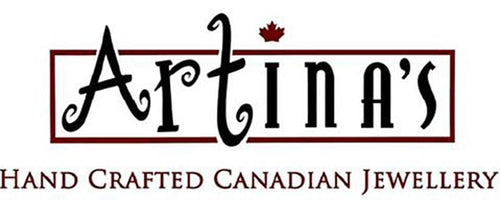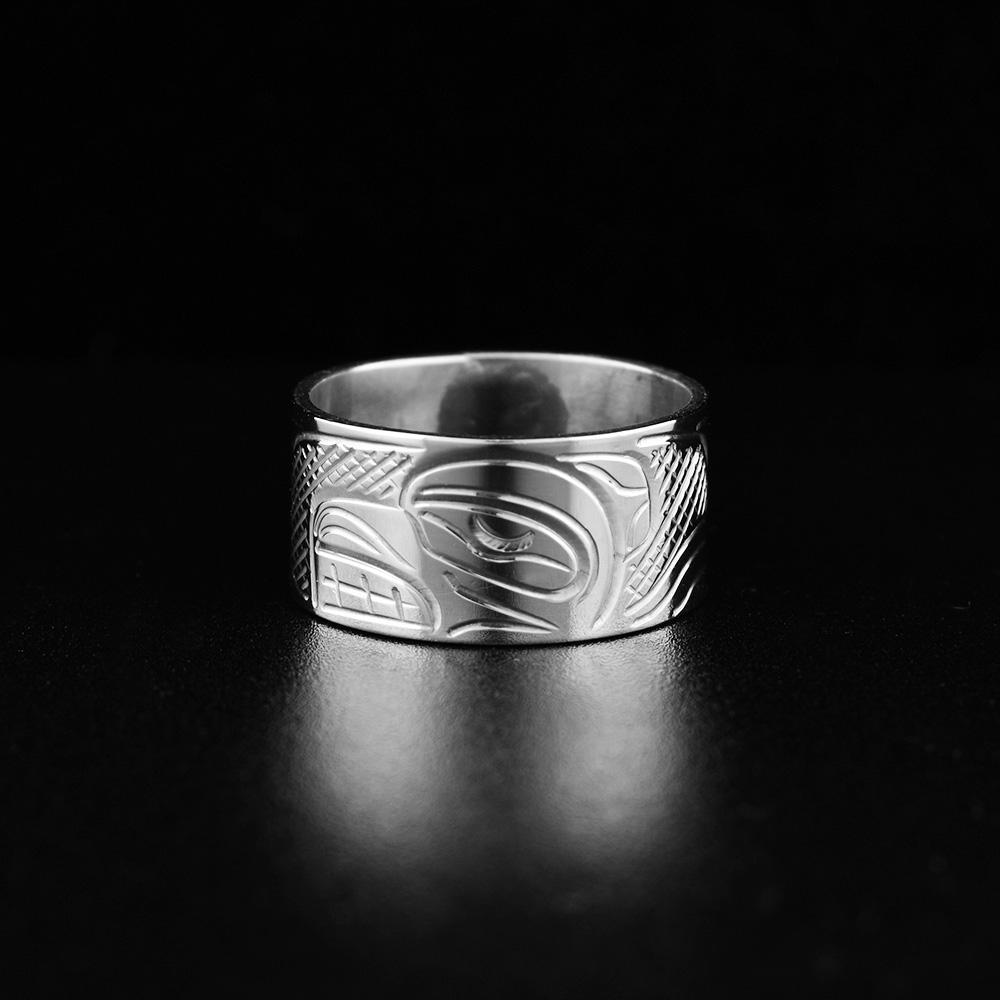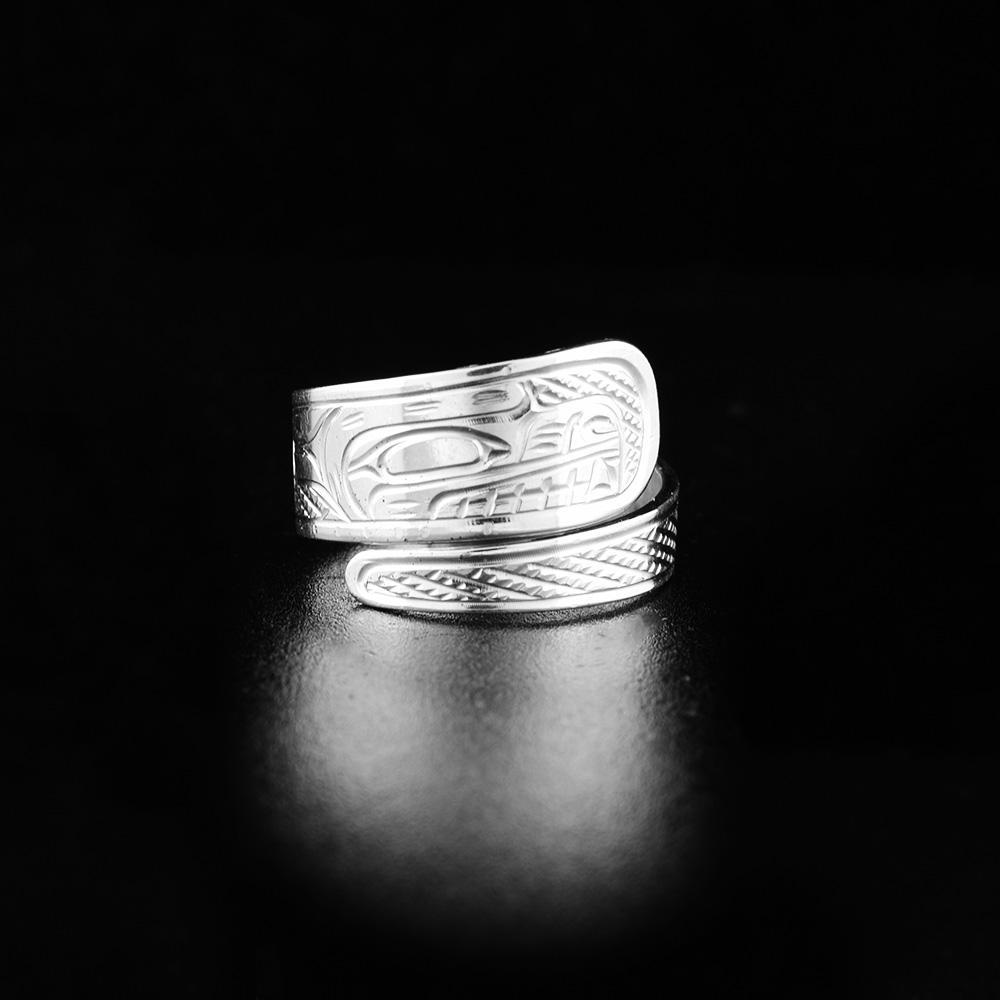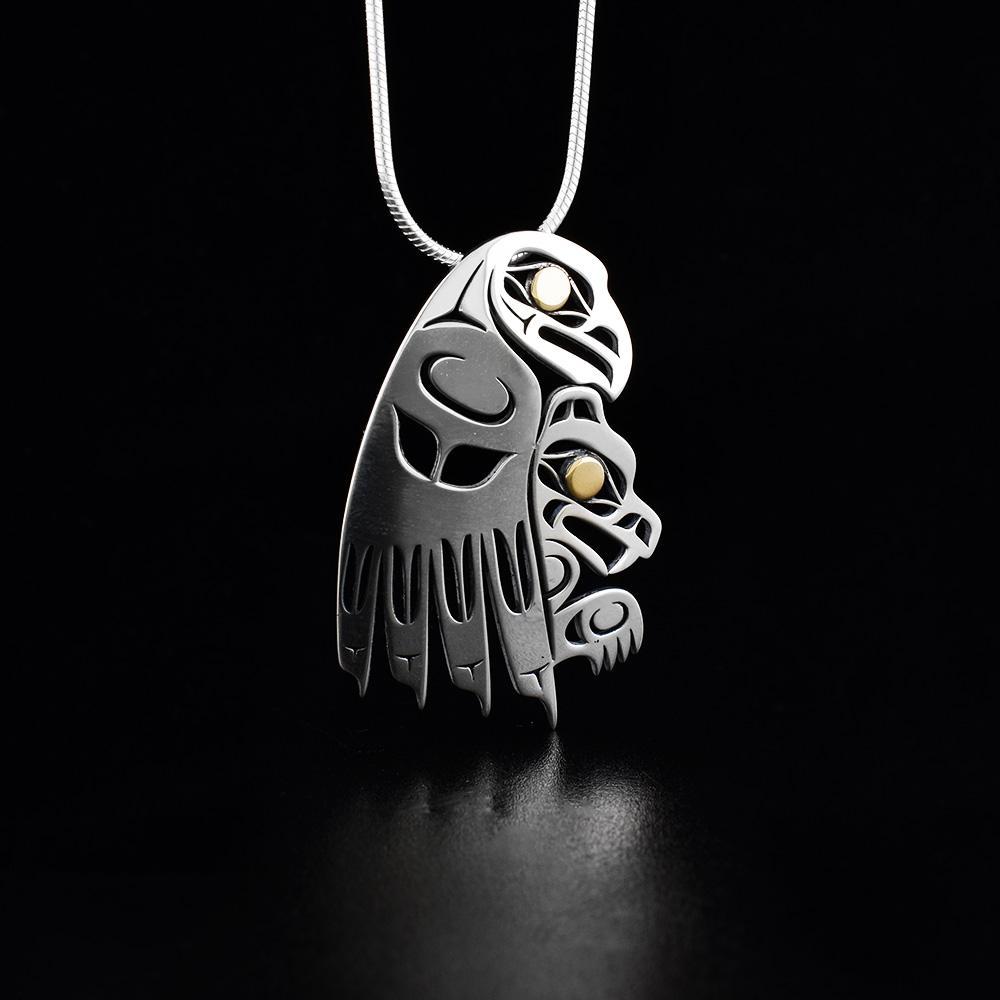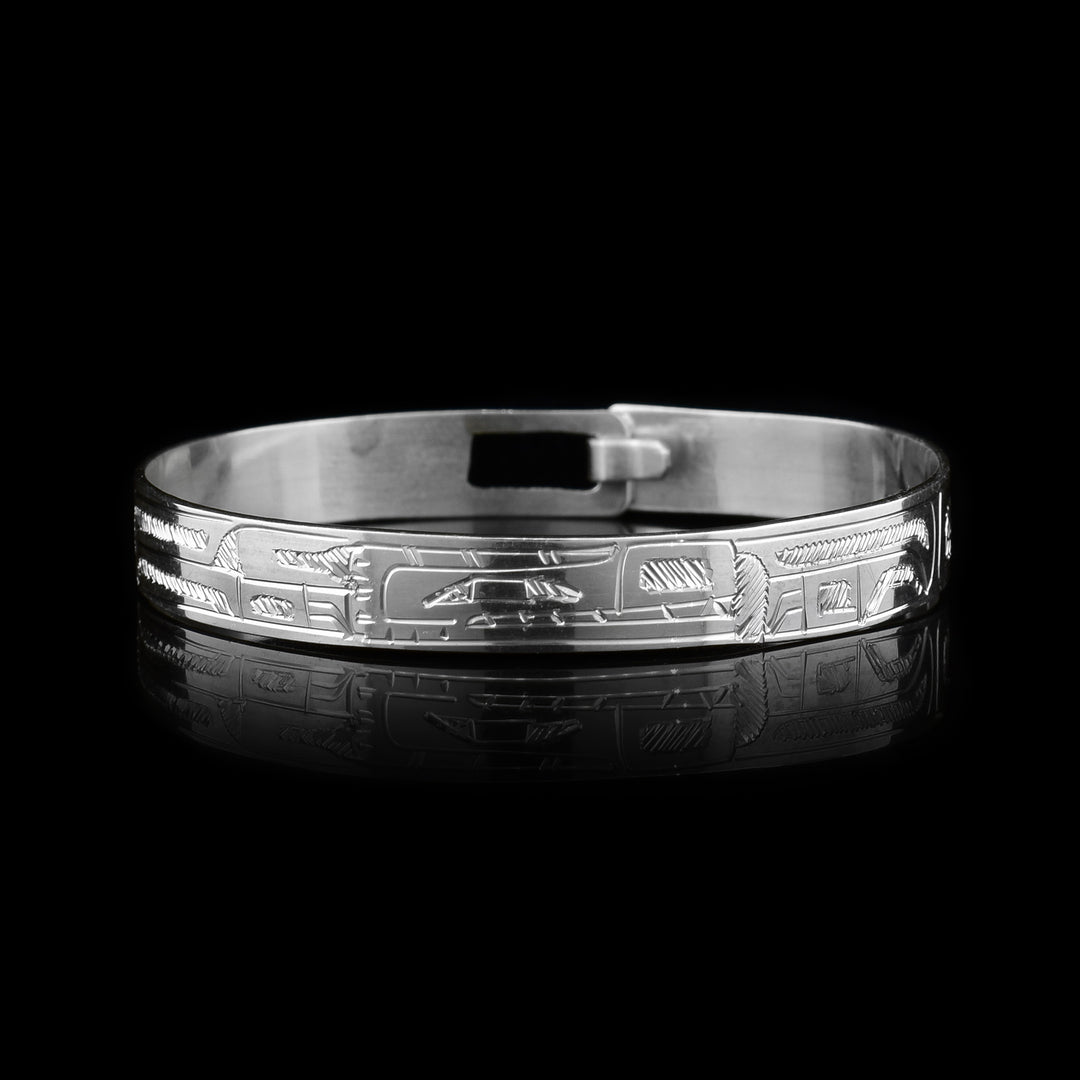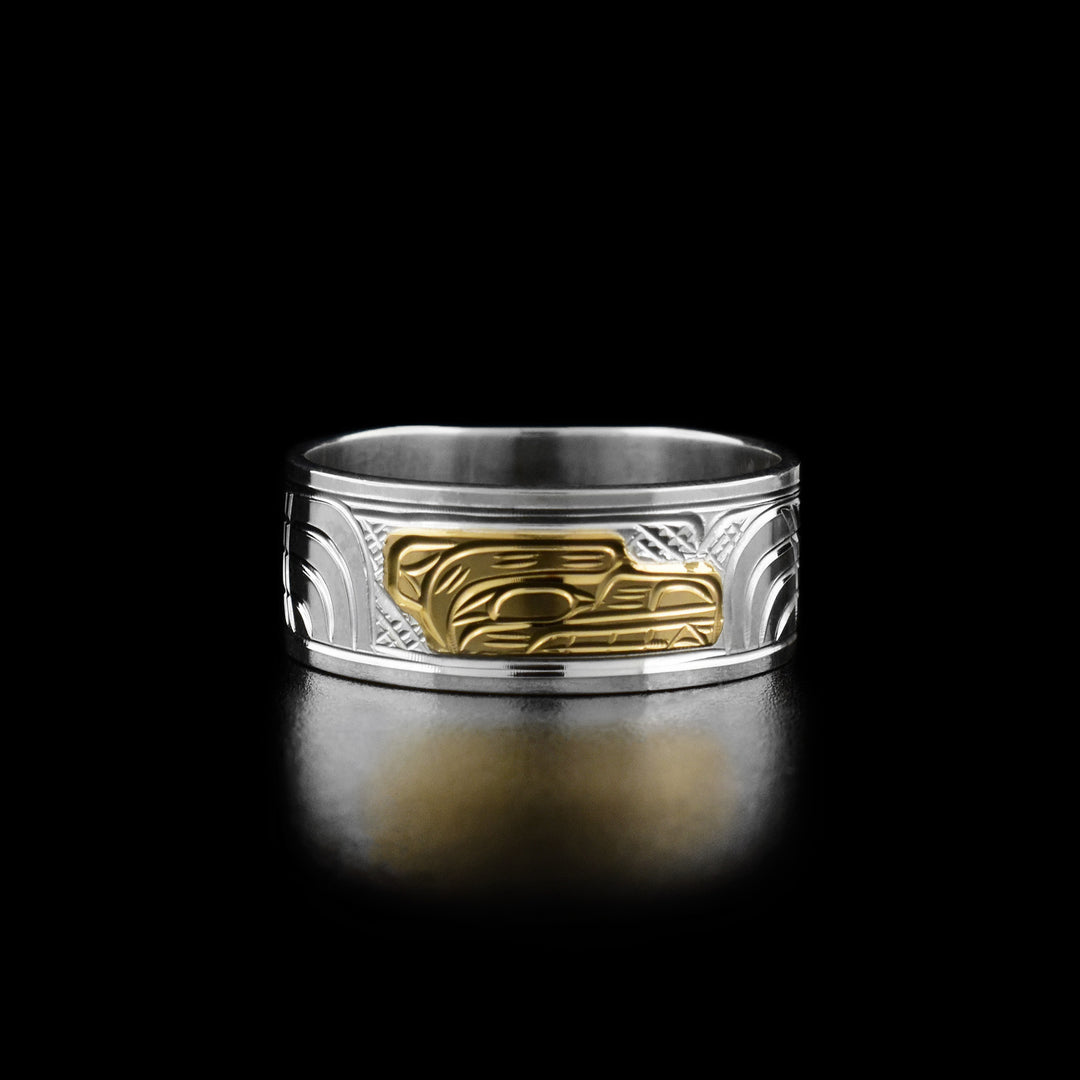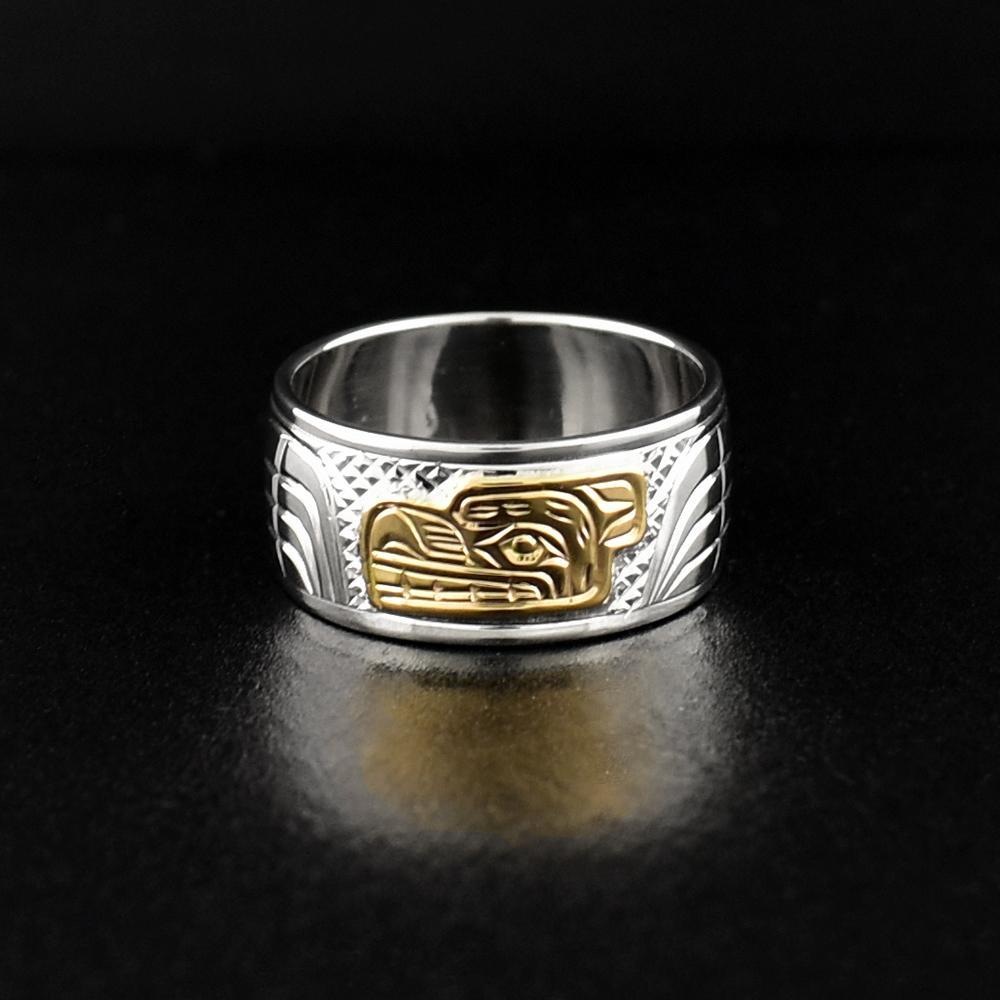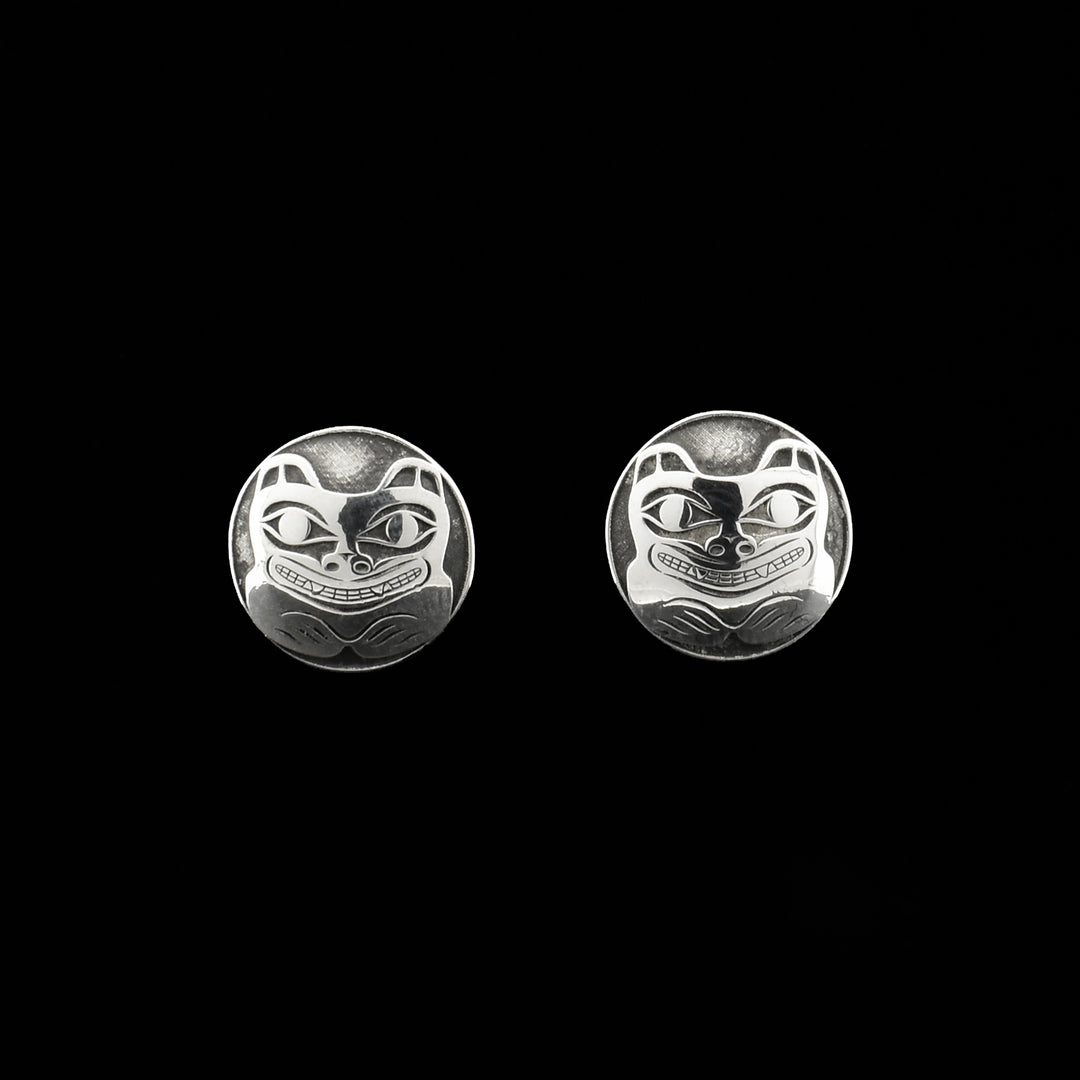BEARS SYMBOLIZE: STRENGTH, COURAGE, PARENTHOOD
THE BEAR | INDIGENOUS SYMBOLISM
Bear has varying meanings across the Pacific Northwest. Each tribe, clan, and family can have a distinct and unique association with Bear. Generally, throughout almost all cultures, the Bear symbolizes strength, courage, and parenthood.
All Indigenous symbols and crests have significant cultural and historical associations. Many of these symbols can represent the stories, traits, and values that hold a special significance to Indigenous Peoples. In retail jewellery, these symbols still hold significance but aren’t held to the same cultural standard. Regardless, we believe learning more about the beauty and depth of these legends brings more pleasure to the wearer.
Also Read: Sun Symbolism | Indigenous Art & Jewellery
DEPICTIONS OF THE BEAR IN INDIGENOUS ART
Bears are found throughout the Pacific Northwest region, specifically, within the Northern Interior region. This is one of the few places in the world where multiple species of Bear can coexist. From Grizzly bears, Alaskan brown bears, Black bears, and the infamous Spirit bear, the land’s dense forests and climate allow all these unique species to thrive. Because of Bear’s close relationship to the land, there’s no shortage of Bear legends and symbols in many Northwest Indigenous Cultures.

In Indigenous art, Bear is depicted with wide mouth, lips, and teeth that may proudly display its fangs. In particular, if an artist is depicting a Grizzly bear, the depiction may have more prominent fangs.
In some depictions, its tongue may also be displayed downward, unlike Wolf whose tongue is upturned if ever displayed. Bear can easily be mistaken for Wolf in Indigenous art for several reasons.

Bear (left) and Wolf (right) pendants made by artist Don Lancaster. Note the difference in snout size.
To distinguish between these two symbols, look for Bear’s shorter, broader snout. In addition to these details, an artist may also include Bear’s short square ears, stippled fur, ovoid eyes, a little tail, or clawed feet in a pigeon-toed position.

Depictions of bear body and face on sterling silver jewellery.
THE BEAR SYMBOLISM
Bear is closely related to family and parenthood, particularly, to thoughts of Motherhood. Bear is seen as a comforting figure that can offer support and reassurance. Bear symbolizes strength, family, courage, and health.
This willed-strong figure is thoughtful and independent. Because Bear is considered so closely related to humans, it's seen as a friend who can offer reassurance during lonely periods of life.
THE BEAR IN NORTHWEST COAST CULTURES
Bear is one of the more prominent family crests in Indigenous cultures. Its physical characteristics and behaviors such as standing, fishing, gathering plants and berries, and protecting their young could be why so many relate closely to Bear. As a family crest, Bear has close associations with motherhood and children.
Throughout history, bearskin cloaks were often worn in ceremonies and rituals. Bear teeth and claws would also be used in jewellery or amulets of great power. This creature is seen as the link between the human and non-human realms making it a secular entity. If a Bear is ever killed, it is brought inside and covered in eagle down as a sign of respect.
Bear is the Protector of the animal kingdom because of its power and fierceness. In Haida culture, Bear is seen as “Elder Kinsman” and treated as a noble guest.
In some Indigenous cultures, legend tells of a chief’s daughter who fell in love and married a Bear of great distinction. The woman gave birth to twin bear cubs, giving her the title of Bear Mother.
THE BEAR MOTHER LEGEND
Most notable among Haida, Nisga’a, Gitxsan, and Coast Tsimshian, the story of the Bear Mother is shared across many Indigenous cultures on the Northwest Coast. Depending on the specific culture, tribe, and storyteller, the exact story may change. Generally, legend tells of a chief’s daughter who married a Bear and had twin cubs.
In some stories, the woman was a berry picker who disrespected bears after stepping in dung. She was consequently forced to marry the son of a Grizzly bear chief. In other stories, the woman fell in love with the Bear. The young bride and her two cubs were later rescued and returned to their village. Once returned, the Bear Mother and her two cubs became the founding members of those families with Bear crests. Ultimately, the story reminds us to respect and honor animals, particularly Bears.
This story also shows the close relationship humans have with Bears. The two cubs are said to appear as human-bear hybrids with mythical powers. Those with Bear family crests may also view bears as close as a relative.
Also Read: Butterfly Symbolism | Indigenous Art & Jewellery
Browse our amazing collection of Bear Brooches and Pins, Bear Bracelets, Bear Earrings, Bear Giftware, Bear Men’s Jewellery, Bear Pendants, Bear Rings, and much more.
